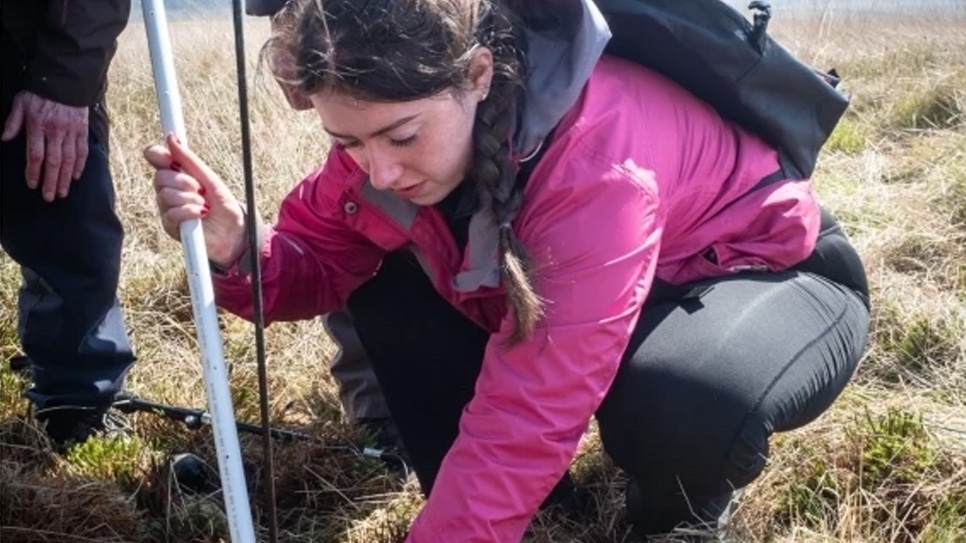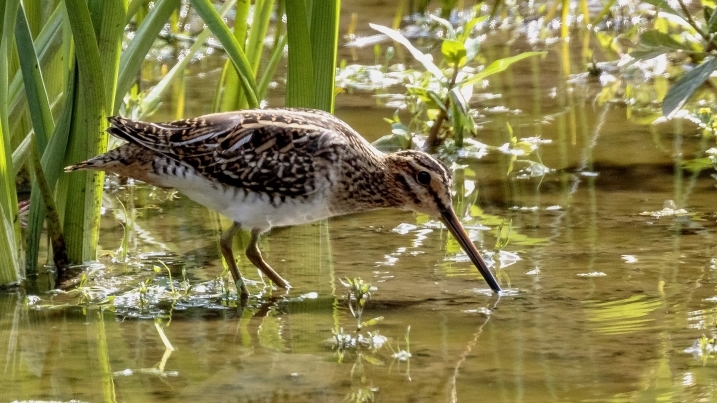Caerlaverock saltmarsh as a carbon sink
Wetlands are hugely diverse habitats and, as a bonus, are major players in climate change mitigation. They help us to cope with the effects of global warming as well as limit it through carbon capture. This is the process of removing carbon dioxide from the atmosphere through photosynthesising plants. When those plants die, their organic matter (and all the carbon they have captured) is buried under the soil and takes a long time to breakdown. Because these wetlands plants grow a lot each year, they can capture large amounts of carbon.
Ecosystems with shallower water are shown to have higher carbon accumulation rates, particularly in expanding salt marshes, like ours at Caerlaverock, making them great carbon sinks. As well as this, they can offer environmental resilience to some natural hazards that are becoming more common as a result of climate change. For example, they act as natural fire barriers, save water in times of drought and absorb excess water from flooding and storm surges. This makes them a natural mitigation tool for climate crisis related extreme weather events.
However, wetland ecosystems tend to be hit first and hardest by the effects of climate change. When wetlands dry out from increased levels of drought and rising temperatures, the carbon sink can become a carbon source and can release large amounts of carbon it has locked away back into our atmosphere. Increased levels of greenhouse gases enter our atmosphere and can lead to a rise in global warming and extreme weather events through an enhanced greenhouse effect. This makes it much more necessary to protect and sustainably manage wetlands for the future.
For more info, click here.
Words by Rebekah Allison
Feature image by James Shooter


